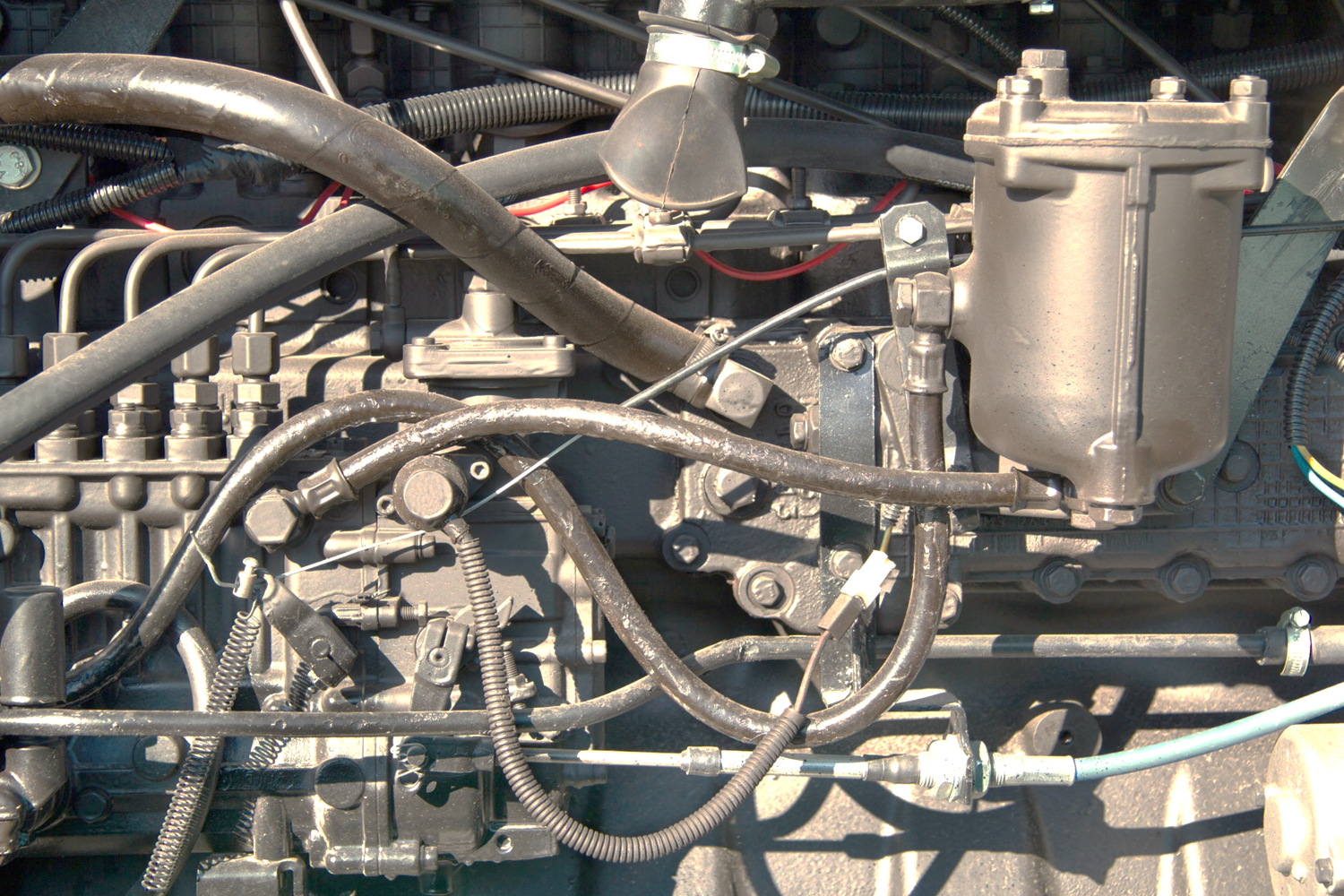Low pressure measurements are required in various applications such as air flow, static duct and cleanroom pressures in HVAC and energy management systems (EMS). Other applications include use in medical instrumentation, environmental pollution control, boil combustion efficiency and a wide variety of research and development requirements. Although the focus will center mainly on air flow and pressure, the same principles
Setra Blog
Selecting the correct accuracy for your sensing application is only half the challenge; being able to maintain that level of accuracy over time is equally important. To clarify on what we mean by the accuracy, we define it as the maximum difference between the actual value and the sensor’s output (in terms of %FS). Maintaining a sensor’s accuracy is difficult. Users face the issue of a sensor going out of tolerance and are unaware of the root causes. Depending on the level of accuracy required by the application, the consequences of imprecise accuracy can vary. For example, an isolation room requires a high level of accuracy to protect both the patients’ and medical professionals’ health and safety. If a room pressure monitor provided doctors and nurses with an incorrect sensor output, they can make incorrect judgments such as walking into a improperly labeled space. Based off of the inaccurate sensor output, doctors and nurses can also accidently release harmful contaminants into the rest of the hospital without a proper alarm notification.
Like we mentioned in our previous post, capacitance is used everywhere. Capacitance affects your day-to-day living without you even realizing it. It is difficult nowadays to find an application/industry that functions without, or is not impacted by, capacitance pressure transducers. When compared to other types of pressure sensors, capacitance pressure transducers have earned a reputation of high accuracy and long term stability, thus making it the primary choice for many of these applications:
Although there are a variety of methods for leak detection, the most common is pressure decay. Other methods can be time consuming and costly, whereas pressure decay leak detection is a simple test that's sensitive to very small leaks. This method is ideal for high-volume industries that require quick accurate tests within their facility. By pressurizing the unit under test (UUT) and then removing it from the pressure source, any detection of pressure loss is a result of a leak within the UUT. Before performing a pressure decay leak detection test, make sure your system is properly setup. After the system is setup, follow the below steps to test the UUT with a differential pressure transducer.
The consequences of an unplanned leak in an air compressor may be higher than you think. Air leakage can occur in any part of an air system, at any given time. Many users are blindsided by this issue. Air leaks are a significant source of wasted energy, often wasting 20-30% of a compressor’s output. Did you know that unmaintained plants waste at least 20% of air production capacity? In addition to wasting energy, undetected leaks can contribute to financial and operational losses.
In the test and measurement industry, manufacturers need to test the products they build. Pressure sensors are needed in test stands to measure pressure across various mediums, including air, fuel, coolant, gas. Testing can be expensive and having a reliable sensor eliminates costly downtime.
Have you seen a large metal instrument, similar to the picture on the right, floating in the ocean and wondered what that device could be? What you have seen is a buoy (pronounced: boo-ee). A data buoy contains sensors used to monitor and collect atmospheric and oceanographic conditions.
Hydrogen is used as a process media across many different industries and applications. Used in OEM equipment, pressure sensors play an important role in the safe, efficient, and reliable operation in material handling equipment, power generation, hydrogen production/distribution and many other applications.
February 22, 2016
Selecting the Right High Temperature Industrial Pressure Transducer for Liquids or Gases
When selecting an industrial pressure transducer for monitoring high temperature liquids or gases be sure to check the operating temperature range of the transducer, in order to select the correct pressure transducer for these applications.
Used almost interchangeably across the sensor industry today, the terms transducer and transmitter actually have fundamentally different meanings. Before going into those differences, a transducer and a transmitter are both sensors; in this case both sensing pressure. A pressure sensor converts an applied pressure of a gas or liquid into a usable output. The type of output the sensor gives, defines whether a unit is considered a transducer or transmitter.
Subscribe to Our Blog!
Topics
- Critical Environments (182)
- HVAC/R (179)
- General Industrial (153)
- Building Automation (134)
- General Industrial OEM (92)
- Energy Management (85)
- Test and Measurement (66)
- HVAC/R OEM (58)
- Barometric (44)
- Alternative Fuels (42)
- Medical (40)
- Process/Mfg Tank Level (40)
- Water and Wastewater (39)
- OHV (38)
- Oil and Gas (35)
- Industrial Vacuum (29)
- Calibration (25)
- Semiconductor (25)
- Particle Counting (20)
- Cleanroom Monitoring (17)
- Room Pressure Monitoring (16)
- Trade Show (12)
- cleanroom environment (12)
- Scales (11)
- Environmental Monitoring (10)
- Power Monitoring (10)
- Healthcare (9)
- Power Meters (9)
- Software (9)
- cleanroom monitoring systems (9)
- Case Study (8)
- critical environment technologies (8)
- data centers (8)
- Humidity (7)
- particle counter (6)
- pressure transducers (6)
- LITE room pressure monitor (5)
- hardware and software cleanroom monitoring systems (5)
- setra lite (5)
- Compliance (3)
- Video (3)
- hospital spaces (3)
- FAQ & Troubleshooting (2)
- Monitoring Compounding Pharmacies (2)
- Semiconductor Manufacturing (2)
- agencies that monitor pharmacies (2)
- energy (2)
- hvac (2)
- laboratories (2)
- monitor compound pharmacy (2)
- protected environment (2)
- regulatory compliance (2)
- setra lite features (2)
- usp 797 (2)
- Current Sensors and Transducers (1)
- Current Transformers (1)
- Lithium-Ion Battery (1)
- Pressure (1)
- aerospace cleanrooms (1)
- cems (1)
- digital transformation (1)
- ipv6 multicast (1)
- ipv6 multicast address (1)
- ipv6 multicast address range (1)
- isolation room pressure monitoring (1)
- multicast address ipv6 (1)
- multicast ipv6 (1)
- operating room (1)
- pharma 4.0 (1)
- pressure sensor (1)
- pressure transducer companies (1)
- semi conductor (1)
- sensors and transducers (1)
- setra pressure transducers (1)
- submetering (1)
- sustainability (1)
- temperature monitor (1)
- temperature monitoring for pharmacies (1)
- transducers (1)
- usp 800 (1)
- water (1)
- what does hvac stand for (1)
- what is a transducer (1)
- what is hvac (1)














